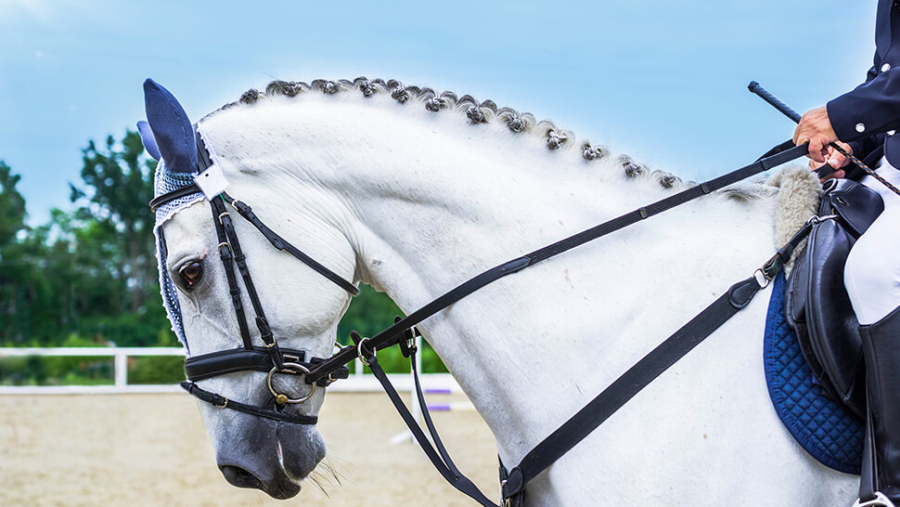

I have compiled a concise list of points that need to be considered when selling your horse. The list is by no means exhaustive but it provides a guide that can be adapted to your specific needs and concerns.
1. Firstly consider this – are you a ‘dealer’? Are you selling in the ‘course of business’?
If YES:
- Sale of Goods Act 1979 (SoGA) applies and this has to be complied with. SoGA protects the Buyer (B) and it intervenes to rectify anything which is deemed to be unfair to B. This includes if the horse is not fit for B’s intended purpose or it is of unsatisfactory quality.
- “Sold as Seen” – this term is not valid for a dealer. If, for example, a defect comes to light that was not reasonably discoverable upon examination and the B is able to establish the fact that it is a pre-existing condition then B will have a claim against the S relying on the SoGA. B can reject the horse at anytime during a two year period after sale as long as the defect is bought to the S’s attention within two months of discovering it. Furthermore if at any stage within the six months of sale the horse has not conformed with the Agreement then the horse will have been treated as not conformed at the time of sale and B can reject the horse and seek damages without having to demonstrate the lack of conformity. Any time after six months from the point of sale, the onus is on B to demonstrate that the horse does not conform to the particulars of the Agreement.
- Important to note that the Court generally takes a wide interpretation when determining whether S is acting in the ‘course of business’. They examine all circumstances.
If NO:
- It is a case of “Caveat Emptor” which means ‘Let the buyers’ beware’. Thereby meaning that the Seller (S) is protected. B has to satisfy him/herself that the horse is of satisfactory quality and fit for purpose. However B can rely on the Law of Contract if there has been a breach in particular relying on the Misrepresentation Act 1967. This therefore means that It is paramount that the description of the horse made by S in the advertisement or in any oral representations – are clear and 100% accurate as far as S is aware. If S misrepresents the horse to B, then B will then be entitled claim damages or repudiate the contract and reject the horse with full refund.
2. Secondly, regardless of S’s position, it is B’s responsibility to carry out a physical examination of the horse. There is no come comeback against S for any physical defect that could potentially have been revealed at an examination. If the defect is overlooked at an examination then the B’s claim would be against the vet not S.
3. Thirdly, vices and behavioural issues need to be disclosed to B. In case law dating back to the 19th Century it was decided that a vice in a horse is determined as a temperament defect, making it dangerous and/or diminishing its capacity to be useful. In addition, a vice constitutes as a bad habit which is not ordinarily found in horses and can be harmful to its health. Please be mindful that this is a common area for dispute. What we, as riders, constitute as normal behaviour for a top quality animal at peak fitness is not what an inexperienced rider would consider as normal. For example, rearing and bucking – those of you who ride for a living know that this tends to be classed as “ordinary behaviour” for fit quality animals and a simple expression of their sense of humour? (at least it was with mine!). Rearing and/or bucking however are classed as a vice. If S fails to mention any behavioural issue or defect that the horse may have or has demonstrated, this could potentially prevent the horse from being used for B’s purpose and B will have a cause of action. It is very difficult for B to follow a claim against S who has warned him/her in advance of any vices that the horse may have.
4. Final point – to help prevent any potential disputes from arising – a receipt of sale should be drafted. This should include:
a) Price paid
b) Whether VAT was charged
c) Date of sale
d) Description of the horse
e) Any representations made regarding the horse prior to point of sale, (note this includes all oral representations)
f) Disclosure regarding any vices or unsuitability for any particular job (include any ‘hang-ups’ here e.g. fear of tractors which leads to rearing & bucking)
g) Time limit in which the animal may be returned or any complaint made.
h) If the transaction occurs abroad then the jurisdiction in which any claim should be dealt with should be stated on the receipt.
The receipt should be duplicated and both copies signed and dated by both parties who should then retain a copy each.










